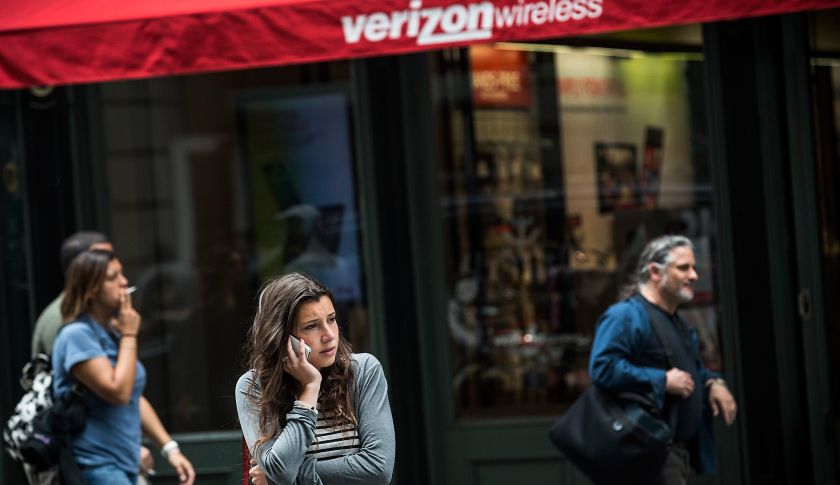
Verizon and T-Mobile are planning to use Wi-Fi networks to broadcast their cellular signals — a move that could clog up the airwaves and lead to fierce competition, according to a report in The Wall Street Journal.
The two wireless carriers are set to introduce LTE-U, an iteration of the LTE cellular standard that will switch to the least congested channel, which includes Wi-Fi frequencies. It eases the load on the carriers’ networks, but it could also burden Wi-Fi networks, reducing speed and quality. It’s also an inexpensive way to transmit signals, since Wi-Fi uses free, unlicensed airwaves, as detailed in a recent Fortune story.
This should worry companies such as Google, Cablevision, and Republic Wireless, who use Wi-Fi either as hotspots for users or to offer wireless services of their own. According to the Journal, Google officials recently wrote a letter to the Federal Communications Commission, remarking that LTE-U was “particularly worrisome” because wireless carriers “may view some Wi-Fi providers, such as cable companies offering Wi-Fi hotspots to their customers, as competitors.”
Verizon and T-Mobile are adamant their technology won’t degrade Wi-Fi connections. “Every test that we’ve done shows that LTE-U is as good of a neighbor to Wi-Fi as Wi-Fi is to itself,” Patrick Welsh, director of federal government affairs at Verizon, told the newspaper.
Wi-Fi usage is already growing rapidly among mobile users, and this development could lead to network congestion. In a report last year by Mobidia Technology, those on Android phones consumed 6.8GB and those with iPhones consumed 8.9GB of Wi-Fi data from July to September, 2014. In comparison, 1.8GB of cellular data were used by cellular subscribers over the same period.
More Must-Reads from TIME
- Breaking Down the 2024 Election Calendar
- How Nayib Bukele’s ‘Iron Fist’ Has Transformed El Salvador
- What if Ultra-Processed Foods Aren’t as Bad as You Think?
- How Ukraine Beat Russia in the Battle of the Black Sea
- Long COVID Looks Different in Kids
- How Project 2025 Would Jeopardize Americans’ Health
- What a $129 Frying Pan Says About America’s Eating Habits
- The 32 Most Anticipated Books of Fall 2024
Contact us at letters@time.com